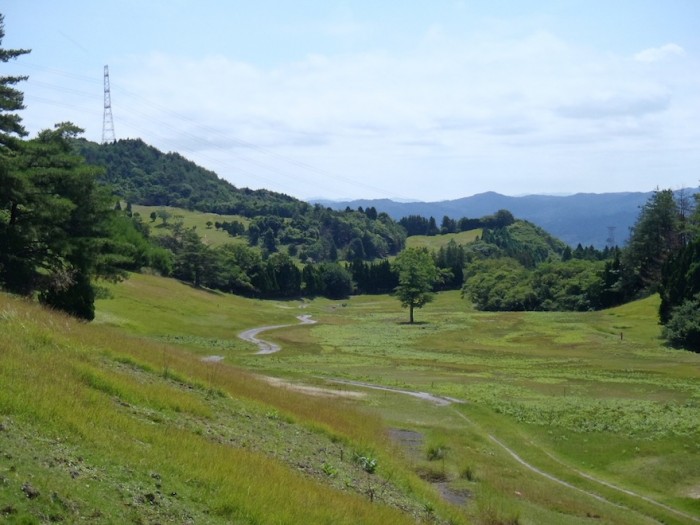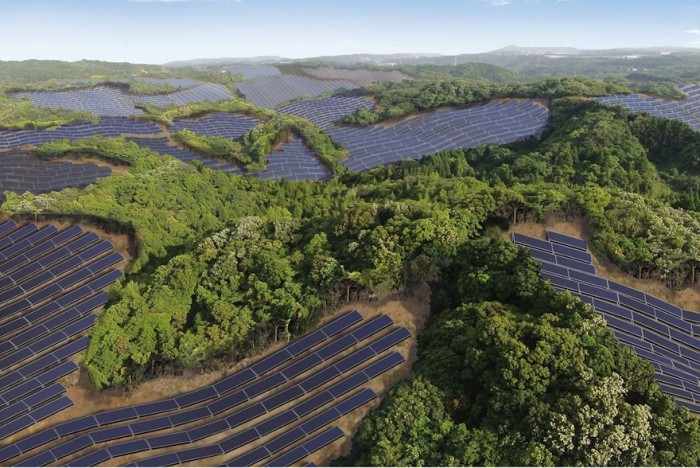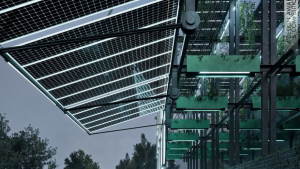From the Series
After the nuclear accident at Fukushima in 2011, Japan has been making efforts to boost its renewable energy production, with the aim of doubling its renewable power sources by 2030. To this end, technology company Kyocera have been creating solar fields that float on reservoirs and now are turning derelict golf courses into solar plants too.
In the 1980s, huge numbers of golf courses were set up across Japan. But in recent years the sports popularity has declined and many of these courses have been abandoned. The potential of these spaces as renewable energy sources is huge. The golf courses are large areas of land with high sun exposure and a low concentration of shade-creating trees: perfect spots for solar panels.
Golf courses have huge environmental impact. First, natural flora and fauna are cleared away and then huge amounts of water, fertilisers and pesticides are required to maintain the quality of the grass. Now these courses are being used to give back. Instead of developing the land into more housing, the Kyocera solar fields turn these golf ghosts into contributors to clean, sustainable and low-carbon power.
The first of the solar fields, the biggest solar plant in the Kyoto district, will be up and running in 2017, providing enough energy to power over 8000 homes. Kyocera are also creating a solar field on a golf course in the Kagoshima district, which will be four times bigger and will go into operation in 2018.









